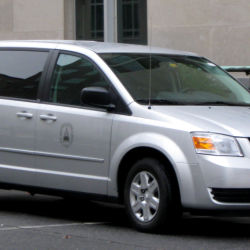Origins and Temperament
The majestic Saint Bernard hails from the Swiss Alps, originally bred for rescue missions by monks in the 17th century. Known for their kind nature, friendly demeanor, and a keen sense of intuition, Saint Bernards have a calmness that belies their imposing size. When transporting these affectionate creatures, their serene temperament must be met with ample space and a peaceful travel environment to complement their expansive physical presence.
Size and Physical Needs
Saint Bernards are one of the largest dog breeds, typically weighing between 140 and 260 pounds. Their significant size and strength mean they require ample room to stretch and rest during transport. As they're prone to overheating due to their thick fur, climate-controlled conditions are vital. Furthermore, their exercise regimen, though moderate, should be maintained, with regular stops to stretch their legs and release pent-up energy.
Common Health Considerations
Saint Bernards may confront health issues such as hip dysplasia, heart conditions, and bloat. Any transporter must have access to their health documentation—especially when crossing state lines. Travel arrangements should include measures to limit the risk of stress exacerbating these health concerns and to ensure a swift response in the case of an emergency.
















